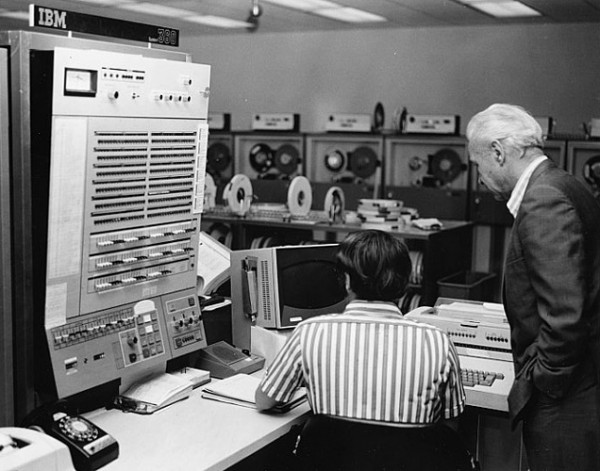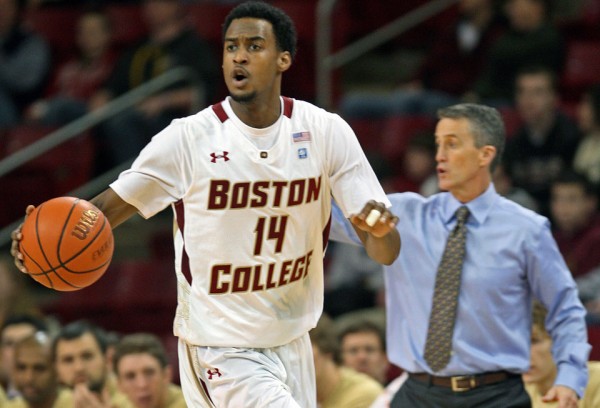Our Robot Overlords Like Duke More Than Their Humanoid Counterparts
Posted by KCarpenter on October 30th, 2012In the past couple days, the wizards of college basketball statistics have waved their wands and conjured up some preseason predictions for ACC teams. Of course, describing the process as magic is a great dis-service to these fine folks. Instead of engaging in arcane processes only explained in a cryptic language, these bold souls have happily popped open the hood on their future predicting machines and offered to show us what exactly they did. Ken Pomeroy gladly explains his methodology on his website, while Dan Hanner lays out the logic and mechanisms behind his predictive system at Basketball Prospectus. So, with a theoretical understanding of what these two are doing, we can now look at the predictive rankings from Pomeroy and Hanner and see how these predictions differ from the results predicted by the ACC’s coaches and the ACC media.
The calculated predictions do differ from the polls in some significant ways, notably both Hanner and Pomeroy’s system favor Duke to be the best team in the conference, while the coaches and media favor NC State. The reasons for this are fairly obvious and have everything to do with how excited people get over highly-touted freshmen. While both of the calculated systems take into consideration new players, both systems take a fairly reasoned and cautious view of their impact. So while the conference’s coaches and reporters might be swept up in Rodney Purvis Mania, the computers are more measured in their optimism. With that taken into consideration, it’s easy to see how such systems would favor Duke, a team that was very good last year and lost relatively little compared to other league contenders like North Carolina and Florida State.
There are a few other interesting outliers, particularly when it comes to predicting who is going to be the worst team in the league. The coaches and media like Maryland enough to bump the team up to sixth in their predictions, but the computers aren’t nearly as excited about the Terrapins. Hanner’s system has the Terps at ninth in the ACC, while Pomeroy’s has them at 11th! This makes a great deal of sense. While it’s true that Maryland’s roster has a great deal of potential, the fact of the matter is that the Terps only have one player who was close to efficient on the offensive end last season in James Padgett. In terms of proven, effective offense, Maryland has really yet to show anything.
On the positive side, whereas the coaches, media and Hanner’s system all predict a last-place finish for Boston College, Pomeroy’s system is relatively optimistic about the Eagles’ chances, predicting a 10th place finish. It’s easy to understand why most doubt BC: Last year they were terrible and they lost one of their most prolific scorers in Matt Humphrey, a guy who took a staggering 26.8% of available shots. Of course, it turns out that most of these were terrible shots and Humphrey probably hurt the team more than he helped it. With no other significant contributors leaving and a young team full of players expected to improve, it seems reasonable to predict a better year in Boston.
Another team that the systems like more than the polls is Virginia Tech. The coaches and the media both see a 10th place finish for the Hokies while Hanner’s system predicts a seventh place finish and Pomeroy’s predicts an eighth place finish. The reason for this discrepancy doesn’t have a big clear singular answer in the numbers, but rather seems to be a cumulative effect of a series of slight disagreements. The computers’ lack of faith in Maryland bumps up Virginia Tech, and the slightly lower rankings for Georgia Tech automatically moves the Hokies up as well. These are small things, but the difference in a winning (or more reasonably, a break-even) season and a losing season would mean a lot to first year head coach James Johnson.
Now, there are merits to each of the statistics-based systems and the value of the reasoned judgments of coaches and media members. The important thing to remember about these disagreements is that they key us into a few reasonable insights: 1) we may be over-anticipating freshman impact; 2) Maryland has yet to prove that it can score effectively; and 3) there is reason for some degree of measured optimism in Chestnut Hill and Blacksburg.











































